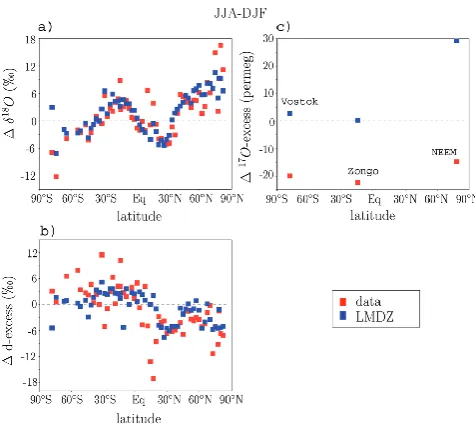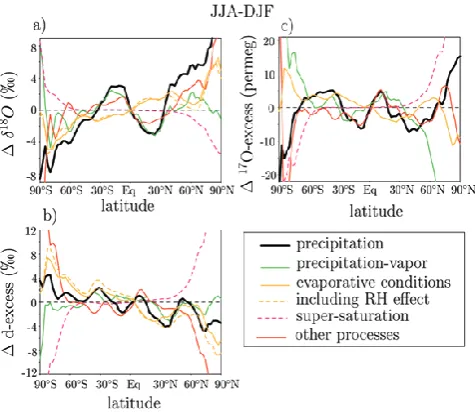Can we determine what controls the spatio-temporal distribution of d-excess and 17 O-excess in precipitation using the LMDZ general circulation model?
Full text
Figure




Related documents
[r]
The Coordinated Veterans’ Care Program (CVC Program) is a Department of Veterans’ Affairs (DVA) program to better manage and coordinate primary and community care for Gold
Memberships American Society for Clinical Pathology (ASCP) American Association for Clinical Chemistry (AACC) American Society for Clinical Laboratory Science (ASCLS) Association
In this chapter we focus on (i) care of transgender adolescents by the non-specialist working in primary care, family services, schools, child welfare, mental health, and
The primary objective of this work is to present and implement a design for a software suite and evaluation models to determine the availability and validity of positioning
contact for the solution and the TiO 2 surface. Consequently, more stable and higher.. iblank was obtained. In order to obtain better quality of the analytical signals, the flow
No significant changes in the mitochondrial membrane potential [Δψm] of brain microvascular endothelial cells infected and non- infected with Neospora caninum over the time
Figure 4: Representation in IPCC reports: a) by discipline, b) by social science proportion of WGIII topics, c) and novelty of all topics, where topics in the highest and lowest 10%





